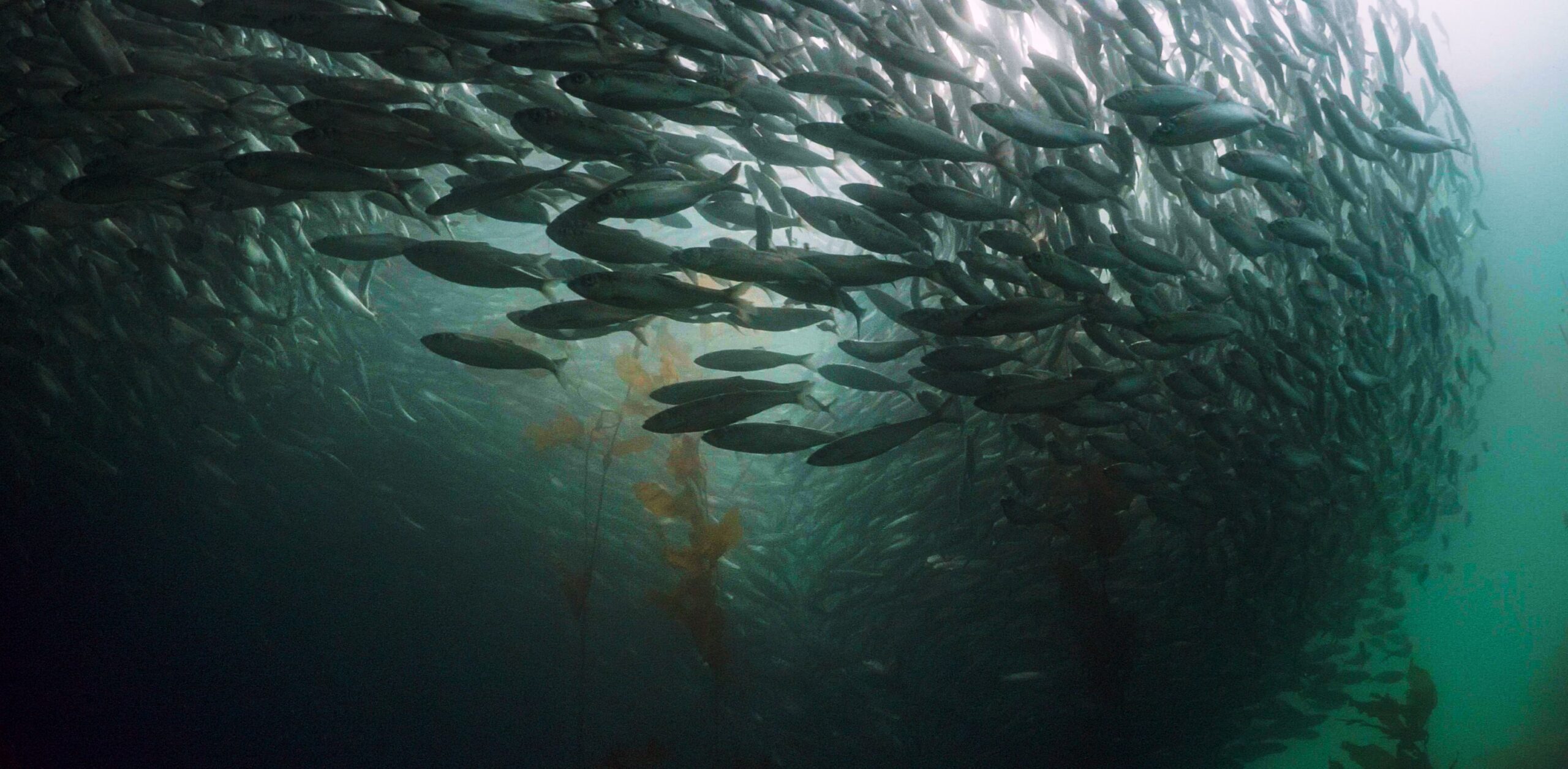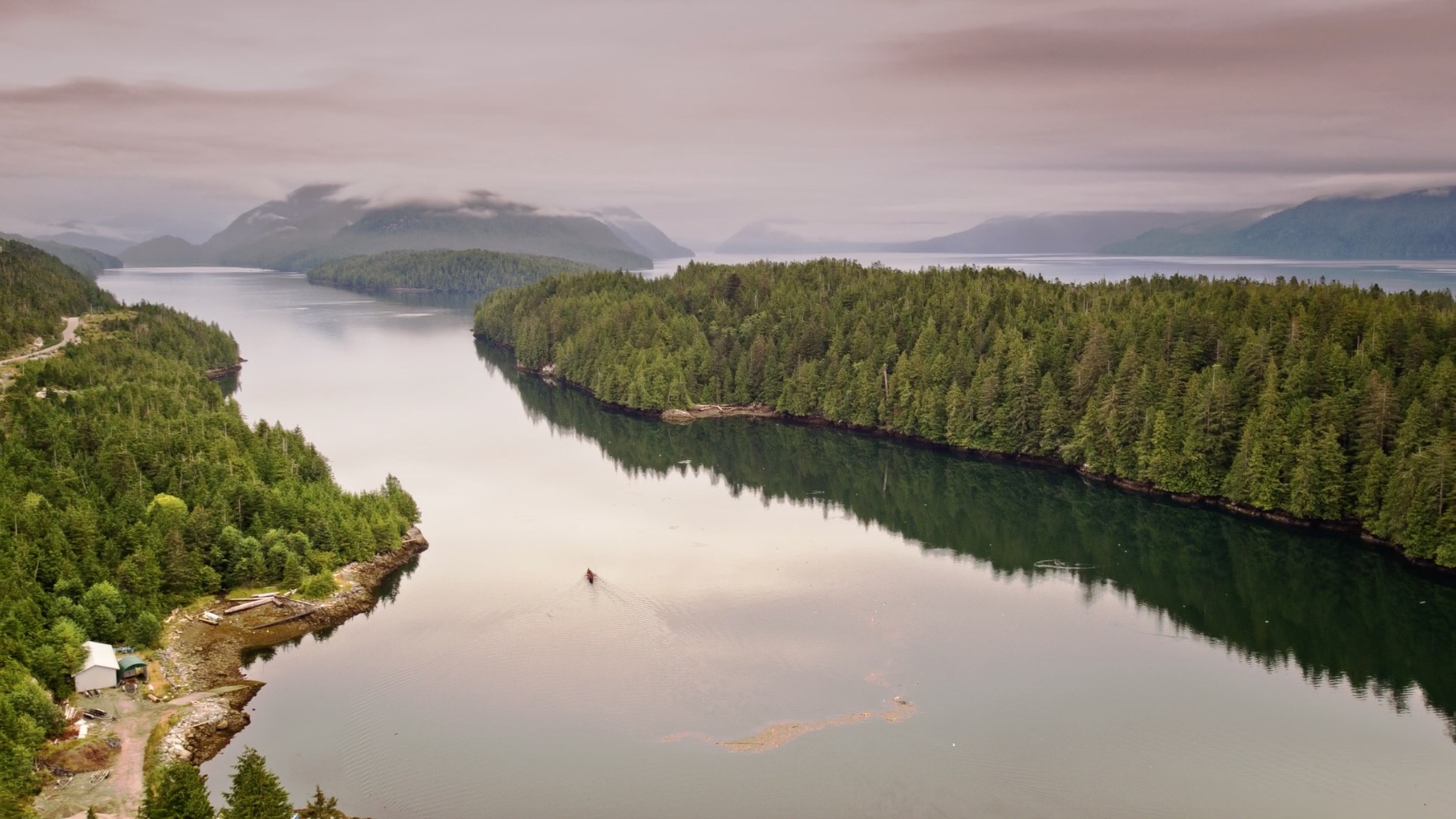In this interview, Wuikinuxv Chief Councillor Abúk Danielle Shaw speaks about the vital work to secure long-term, sustainable financing for marine protection and management.
First Nations on the North and Central Coast and Haida Gwaii have governed their territories for countless generations, and these lands and seas are among the richest and most productive ecosystems on Earth.
For years, leaders from coastal First Nations have been working collaboratively with federal and provincial agencies to replace more recent unsustainable approaches to resource extraction with Indigenous-led conservation models.
The first landmarks in these monumental planning efforts were the Great Bear Rainforest Agreements in 2006 and 2007: government-to-government conservation and management agreements spanning 6.4 million hectares of coastal temperate rainforest.
The agreements were accompanied by an innovative finance model, called Project Finance for Permanence (PFP), that united investments from federal and provincial governments and philanthropic funders. Through the PFP model, coastal First Nations were able to expand existing programs and create new projects, resulting in 1,200 new jobs and 130 new businesses, while diversifying the regional economy, increasing household incomes, empowering youth and improving food security.
As Coastal First Nations work to create a similar conservation initiative for marine ecosystems, it will feature the same durable finance arrangement. Led by 17 Nations of the North Pacific Coast, the Great Bear Sea initiative will bring our vision full circle by linking management and stewardship across the land and sea, supporting sound stewardship, better management, job creation, and sustainable economic development and diversification throughout the region.
Featured image: KXSA/Moonfish Media


